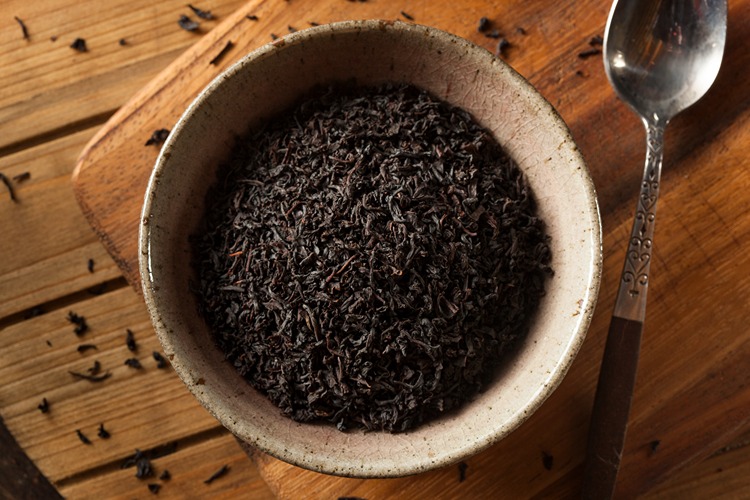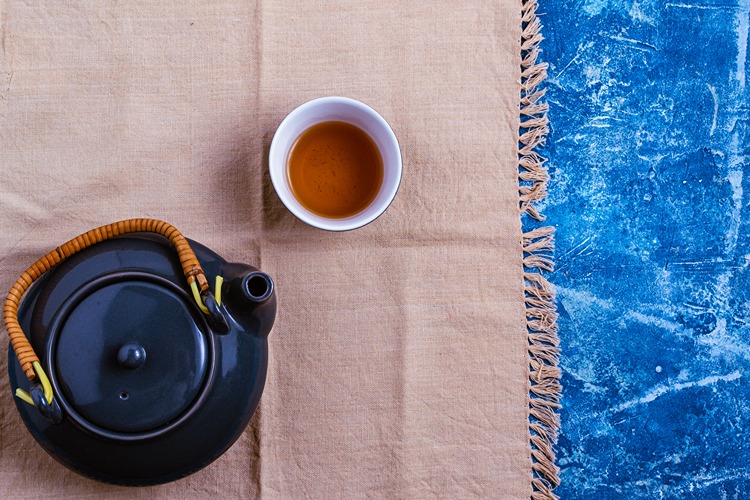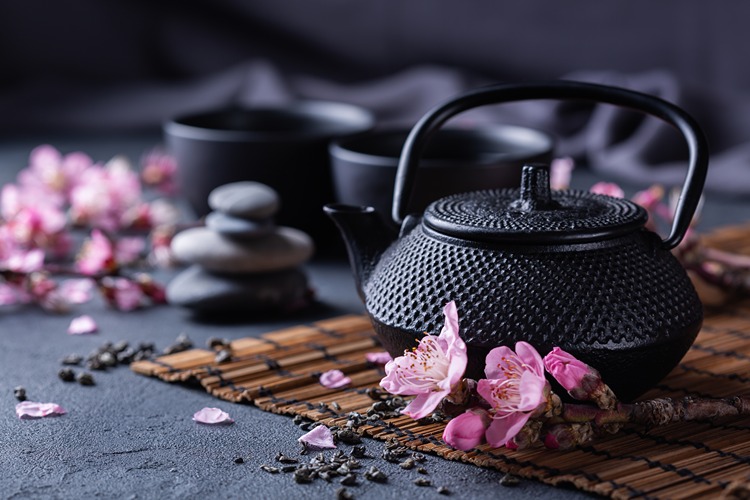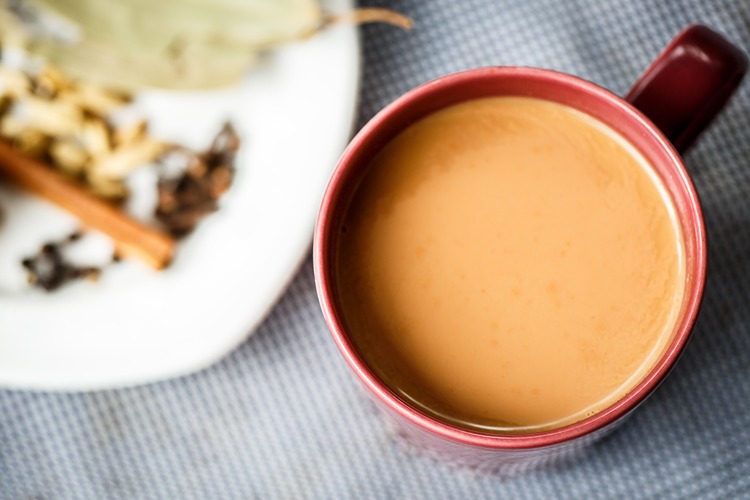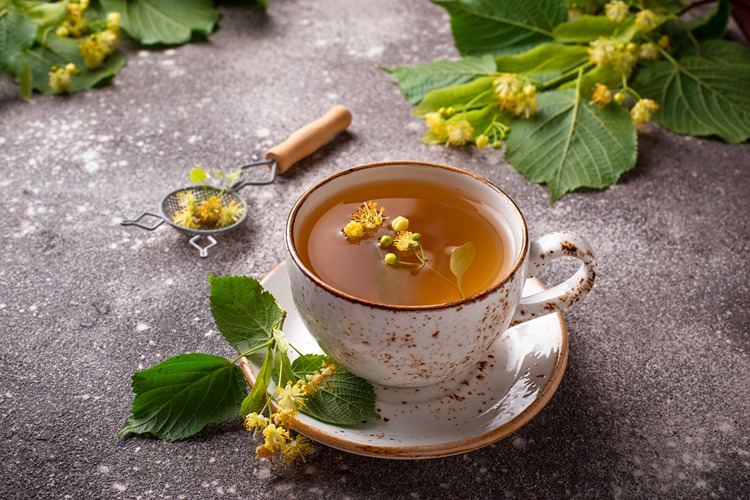Green tea is a widely consumed beverage known for its numerous health benefits. Packed with antioxidants and other beneficial compounds, green tea has been linked to a reduced risk of chronic diseases and improved overall well-being. Brewing green tea properly is key to unlocking its full potential and enjoying its rich flavor. In this comprehensive guide, we will walk you through the process of brewing green tea for maximum health benefits.
Choosing the Right Green Tea
The first step in brewing green tea is selecting the right type of tea leaves. Green tea comes in various forms, each with its own unique flavor profile and characteristics. Here are some popular types of green tea:
- Sencha: This is the most common type of green tea in Japan. It has a vibrant green color, a fresh grassy aroma, and a mildly sweet taste.
- Matcha: Matcha is a powdered green tea that is traditionally used in Japanese tea ceremonies. It has a rich, creamy taste and is known for its vibrant green color.
- Gyokuro: Gyokuro is a premium Japanese green tea. It has a sweet, umami flavor and is grown in the shade, which gives it a distinct taste compared to other green teas.
- Dragon Well (Longjing): Dragon Well is a famous Chinese green tea known for its flat, sword-shaped leaves. It has a nutty flavor and a subtle sweetness.
- Gunpowder: Gunpowder tea is a Chinese green tea with tightly rolled leaves that resemble gunpowder pellets. It has a bold, smoky flavor.
Explore different types of green tea to find the one that suits your taste preferences. You can also try blends that combine green tea with herbs or fruits for added flavor complexity.
Water Temperature and Quality
The quality of water and the temperature at which you steep your green tea can greatly affect its taste and health benefits. Follow these guidelines for optimal results:
- Use filtered or spring water to ensure that any impurities or chlorine are removed, which can negatively impact the flavor of your tea.
- The ideal water temperature for brewing green tea depends on the type of tea leaves you’re using. In general, the recommended range is between 160°F (71°C) and 180°F (82°C).
- Delicate green teas like gyokuro and matcha require lower temperatures, around 140°F (60°C), to prevent bitterness.
Investing in a variable temperature electric kettle can make it easier to control the water temperature and achieve consistent results.
Brewing Techniques
1. Steeping Loose Leaf Green Tea
If you’re using loose leaf green tea, follow these steps to brew a perfect cup:
- Boil water and let it cool for a few minutes until it reaches the desired temperature.
- Measure one teaspoon of loose leaf green tea per cup and place it in a teapot or infuser.
- Pour the hot water over the tea leaves and let it steep for 1-3 minutes, depending on your taste preferences. Steeping for a shorter time will result in a lighter flavor, while a longer steeping time will produce a stronger brew.
- Strain the tea into a cup or teacup, separating the leaves from the liquid.
- Sip and savor your freshly brewed green tea, preferably without adding any sweeteners or milk to fully appreciate its natural flavors.
2. Preparing Matcha Green Tea
Matcha is a unique form of green tea that is finely ground into a vibrant green powder. Here’s how to prepare a traditional cup of matcha:
- Place 1 teaspoon of matcha powder in a matcha bowl or a regular bowl.
- Gradually add 2 ounces of hot water (not boiling) to the bowl.
- Using a bamboo whisk or a small whisk, vigorously whisk the matcha in a “W” or zigzag motion until it forms a frothy consistency.
- Pour the remaining hot water into the bowl and continue whisking until the tea is well combined.
- Enjoy the smooth and vibrant flavors of matcha by drinking it directly from the bowl.
Traditional matcha preparation can be an art form, so feel free to experiment with different ratios and techniques to find your preferred taste and texture.
Storing Green Tea
Proper storage of green tea is crucial for preserving its freshness and flavor. Here are some tips to keep your green tea in optimal condition:
- Store green tea in an airtight container, away from light, heat, moisture, and strong odors.
- Avoid storing green tea near spices or coffee, as it can absorb their aromas.
- Consider dividing your green tea into smaller portions and keeping them in sealed containers to minimize exposure to air and moisture.
- Refrigeration is not recommended for most green teas, as the moisture in the fridge can deteriorate the quality of the tea leaves.
- Use your green tea within six months to a year for the best flavor and health benefits.
Health Benefits of Green Tea
Green tea has gained popularity worldwide due to its potential health benefits. Here are some of the key reasons why green tea is hailed as a superfood:
- Rich in Antioxidants: Green tea is loaded with antioxidants, such as catechins and flavonoids, which help protect the body against free radicals and oxidative stress.
- Boosts Metabolism and Weight Loss: The combination of caffeine and catechins in green tea has been shown to increase metabolism and promote fat oxidation, potentially aiding in weight loss.
- Supports Heart Health: Regular consumption of green tea has been associated with a reduced risk of heart disease, as it helps lower cholesterol levels and blood pressure.
- Improves Brain Function: Green tea contains caffeine and L-theanine, which can enhance brain function, improve mood, and increase alertness.
- May Reduce the Risk of Certain Cancers: Some studies suggest that the antioxidants in green tea may help protect against certain types of cancer, such as breast, prostate, and colorectal cancer.
- Supports Digestive Health: Green tea has been traditionally used to aid digestion and soothe the stomach. It may also have antimicrobial properties that can help promote a healthy gut microbiota.
It’s important to note that while green tea offers potential health benefits, individual results may vary. It is not a magic cure-all, and a balanced diet and lifestyle are key to overall well-being.
FAQs
Here are some frequently asked questions about brewing green tea:
Q: Can I reuse green tea leaves?
A: Yes, you can reuse green tea leaves for multiple infusions. However, each subsequent infusion may yield a milder flavor compared to the first infusion.
Q: Can I add sweeteners or milk to green tea?
A: While it’s a matter of personal preference, it is generally recommended to enjoy green tea without any additives to fully appreciate its natural flavors and reap its health benefits.
Q: How much green tea should I drink per day?
A: It is generally recommended to consume 2-3 cups of green tea per day to enjoy its potential health benefits. However, individual tolerance to caffeine and other factors may influence the ideal consumption amount.
Q: Does green tea contain caffeine?
A: Yes, green tea contains caffeine, but the levels are generally lower than those found in coffee. However, sensitive individuals or those avoiding caffeine may opt for decaffeinated green tea.
Q: Can I drink green tea before bedtime?
A: Green tea contains caffeine, which can interfere with sleep. It is advisable to avoid consuming green tea in the evening if you are sensitive to caffeine or have difficulty sleeping.

